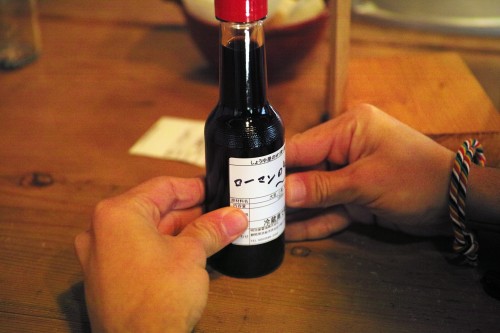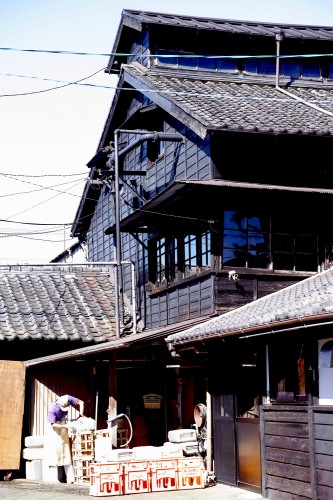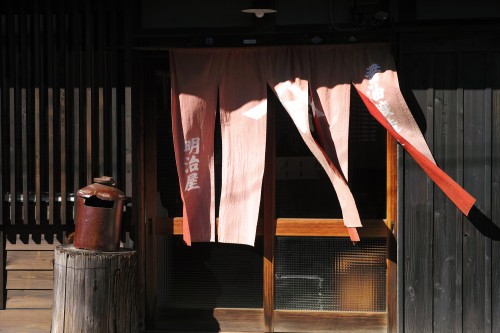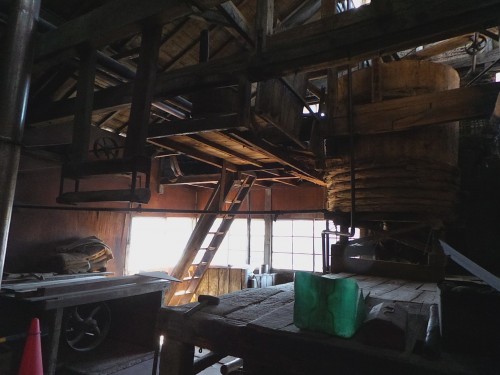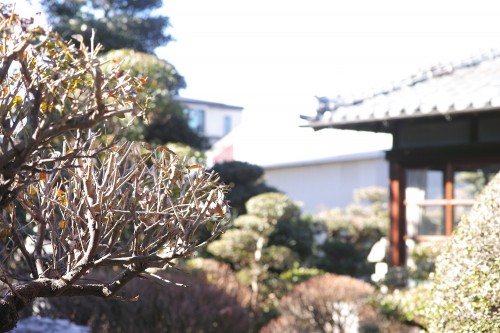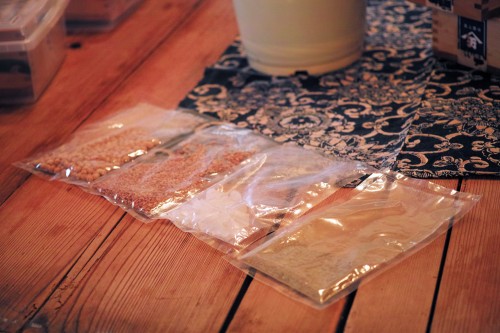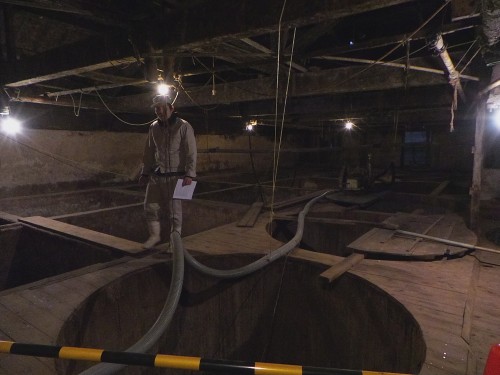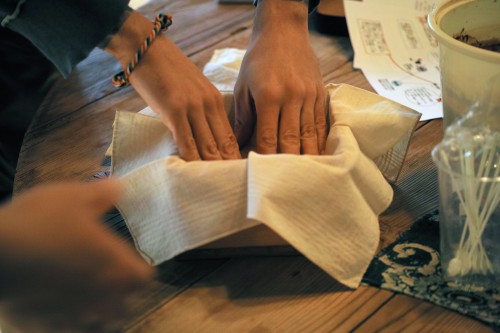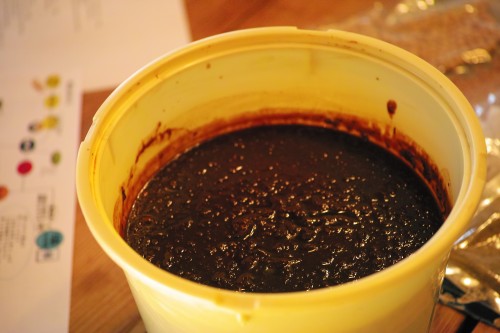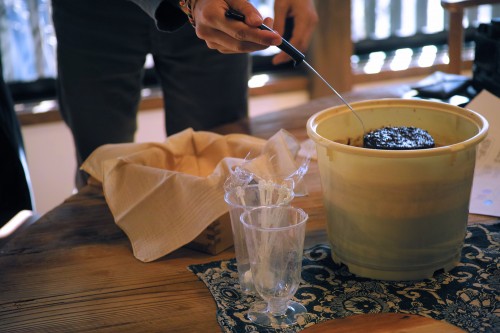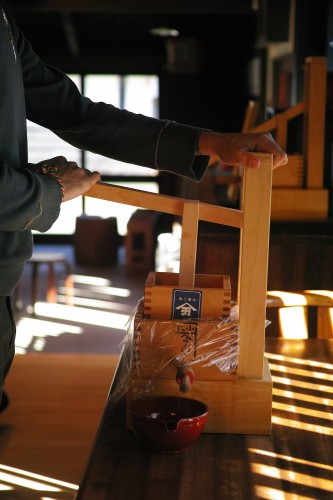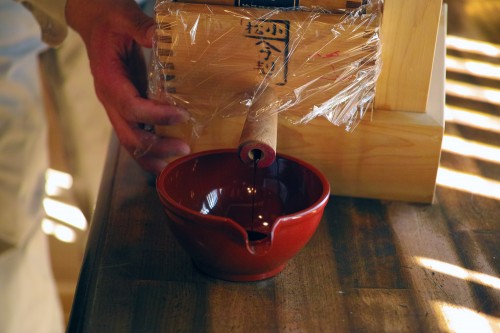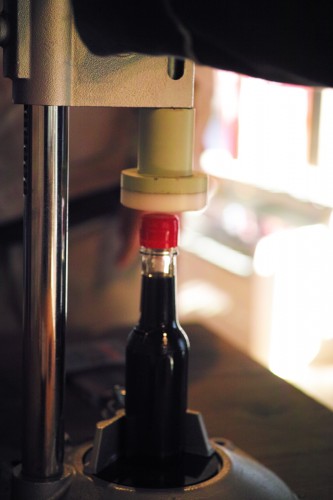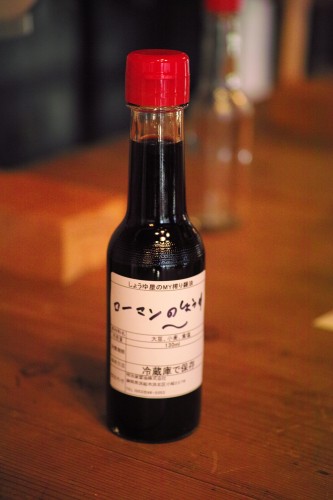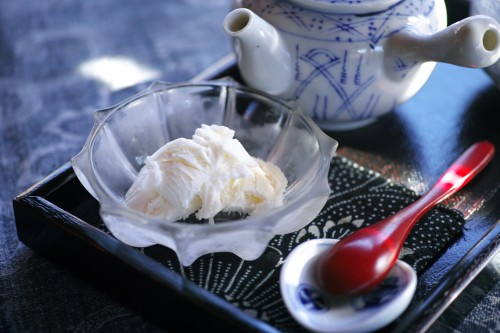Sponsored by Shizuoka Prefectural Tourism Association
Meijiya Shoyu
While I was visiting Shizuoka prefecture, I visited Meijiya Shoyu, a traditional soy factory which produces organic soy sauce. This family-run company was established in the 8th year of the Meiji era around 1875 (hence its name) and its technique has been closely protected as it has passed down the generations.
Meijiya Shoyu is made up of several old-fashioned wood buildings: the factory, the shop and a tearoom. The shop and the tearoom overlook a charming Japanese garden!
Production process
The factory tour (which is free) explains the production process, and any equipment, machines and materials that are necessary for making soy sauce. Even if you are not interested in the soy sauce squeezing experience, it definitely worth taking a look if you plan on going around Hamamatsu!
To make their delicious soy sauce, the factory mixes 300kg of steamed soybeans, 300kg of light brown roasted wheat, salt and seed malt. This mixture is called kouji and the matured mixture of kouji is called moromi.
To obtain moromi, the factory puts kouji in a tank for about a year and half to three years, controlling the temperature throughout the years. Traditional brewing methods involve waiting until moromi has matured through the heat of summer and cold of winter.
Then, moromi is squeezed through 300 pieces of fabric to produce the soy sauce. The maturation of the moromi will determine how rich the flavor of the soy sauce will be (a hot summer will change the taste of the soy sauce; a bit like a wine actually).
All the ingredients used by Meijiya Shoyu are organics and made in Japan (except for the salt that comes from Mexico and Australia). But the main ingredient is patience!
Soy sauce squeezing experience
The 7th generation master has made special workshop presses so you can try your hand at squeezing moromi, then straining, filtering and capping your own bottle of soy sauce to take home with you so you can enjoy the fresh taste of your own artisan sauce.
The 5 steps
First step: Put pieces of fabric in a special small tub with an integrated tap.
Second step : Pour the moromi with a ladle in the small tub and cover it with the fabric and a cling film.
Third step: Put the small tub in a press with a bowl below the tap. The soy sauce will flow in the bowl under the pressure of the press.
After each compression, it is very satisfactory to see all the soy sauce flowing from the tap!
Fourth step: Filter the soy sauce through a piece of fabric and filling the bottle with a funnel. Then, cap the bottle with a special machine.
Fifth step: Tag the bottle to make it your very own artisan sauce.
I was very proud to come back home with my personalized bottle and when I tried the sauce on a tuna chirashizushi (raw fish and rice), it was delicious!
Soy ice cream tasting
After the workshop, I was invited into the tearoom to try a homemade soy ice cream. The taste was really original—not really sweet, not really salty, very good! The ice cream comes with a pot of green tea. The wooden tables are located along the big windows that overlook on the garden: it is very zen!
Information
Price and Reservation
You can make a reservation in advance, for more detailed please find it out through here.
How to get there
By public transportations, take a train on the “Enshu line” from Hamamatsu station to “Enshu Komatsu” and then you will need to walk 10 minutes.
By car, it takes 40 minutes from Hamamatsu station.
SHIZUOKA GUIDE
Need more information? You can find up to date information about Shizuoka’s history, sightseeing locations, accommodations, food, and transportation by clicking on the link below:
https://shizuoka-guide.com/english/
[cft format=0]


